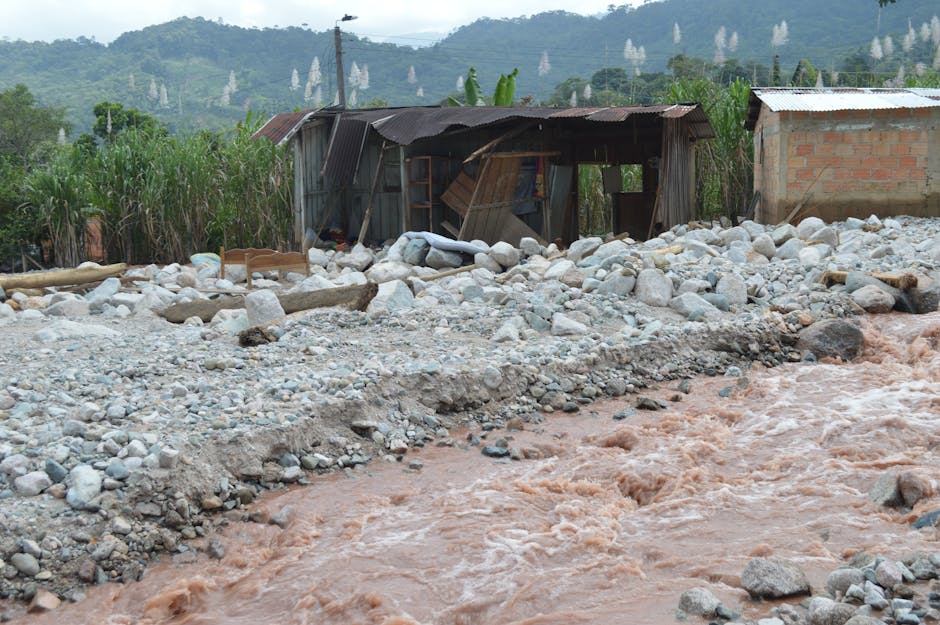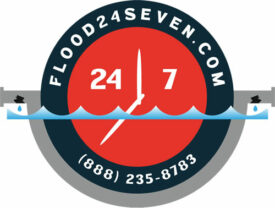Understanding the risk of floods
Floods can happen anytime and anywhere, and they can cause significant damage to your property. According to the Federal Emergency Management Agency (FEMA), floods are the most common and widespread of all natural disasters in the United States. Understanding the risk of floods is crucial for creating an effective flood restoration plan. Here are some important factors to consider:
- Frequency: Floods can occur due to heavy rain, melting snow, or hurricanes. It’s important to be aware of how often flooding happens in your area.
- Severity: Floods vary in severity, from minor water accumulation to major inundation. Understanding the potential severity of floods in your location is essential.
- Impact: Floods can cause damage to homes, businesses, infrastructure, and can pose a threat to human lives. Recognizing the potential impact of floods will help you assess the risk and plan accordingly.
By understanding these factors, you can take proactive steps to prepare for the possibility of a flood and minimize its impact on your property.

Developing a flood restoration plan
It’s important to have a plan in place for restoring your home after a flood. Here are some key steps to consider:
-
First, ensure you have flood insurance to help cover the cost of restoration.
-
Make a list of emergency contacts, such as restoration companies and insurance agents.
-
Develop a clear evacuation plan for you and your family in case of a flood.
-
Create a list of important documents and belongings that should be protected during a flood.
-
Consider investing in flood-resistant materials for your home to minimize damage.
-
Keep a supply of emergency items, such as water, food, and first aid supplies, in a safe and accessible location.
Identifying vulnerable areas in your property
Flooding in your property can cause significant damage, making it crucial to identify vulnerable areas. By assessing your property, you can pinpoint areas prone to flooding and take preventive measures. Look for signs such as water stains, mold growth, or cracks in the foundation. Also, consider the proximity to bodies of water and the landscape’s slope. Identifying vulnerable areas helps in developing a thorough flood restoration plan to mitigate potential damage.
Assembling a flood emergency kit
It’s essential to have an emergency kit ready in case of a flood. Make sure to include items such as water, non-perishable food, a first aid kit, a flashlight, extra batteries, a portable phone charger, and any necessary medications. Additionally, have important documents like insurance policies, identification, and emergency contacts easily accessible. Keep the kit in a waterproof container in an easily accessible location.
Establishing communication and evacuation plans
It’s crucial to have a clear communication plan in place for everyone in your household in the event of a flood. This includes establishing meeting points and emergency contact numbers. Additionally, creating an evacuation plan ensures that everyone knows the safest and quickest way to leave the property if necessary. Familiarizing yourself with these plans is essential for keeping your loved ones safe during a flood.
Securing important documents and valuables
Make sure to store your important documents and valuables in a waterproof container or a secure, high location. Consider making digital copies of important documents and store them in a secure cloud storage. Create a list of valuables and important documents to ensure everything is accounted for during the restoration process.
Knowing how to turn off utilities
Knowing how to turn off utilities in your home is essential in case of a flood. Here’s what you need to do:
-
Locate the main shut-off valve for your water supply
-
Know how to turn off your electricity at the circuit breaker
-
Identify the gas shut-off valve and learn how to use it if necessary
By knowing these key steps, you can prevent further damage to your home and ensure your safety during a flood.
Choosing a reliable flood restoration service
It’s important to choose a reliable flood restoration service to ensure that your property is restored properly. Here are some key points to consider when selecting a flood restoration service:
-
Certification and Experience: Look for a service provider that is certified and has ample experience in flood restoration. This ensures that they have the necessary expertise to handle the restoration process effectively.
-
Response Time: A reliable flood restoration service should be able to respond promptly to your call for assistance. Time is crucial in flood restoration, so choosing a service with a quick response time is essential.
-
Equipment and Techniques: The service provider should have access to advanced equipment and employ modern techniques for efficient and thorough restoration. Inquire about the tools and methods they use to address flood damage.
-
Reputation and Reviews: Check their reputation through online reviews and referrals from friends or family. A reputable service provider is more likely to deliver quality results.
-
Insurance and Licensing: Ensure that the restoration service is properly licensed and carries insurance. This protects both you and the service provider in case of any unforeseen circumstances during the restoration process.
By considering these factors, you can select a reliable flood restoration service that will help you effectively deal with flood damage.
Understanding insurance coverage for flood damage
Standard home insurance policies do not typically cover flood damage. However, you can purchase a separate flood insurance policy through the National Flood Insurance Program (NFIP) or a private insurer. NFIP policies have a waiting period of 30 days before they become effective, so it’s essential to plan ahead and not wait until a storm is on the horizon. The coverage and cost of flood insurance can vary depending on factors such as the risk of flooding in your area and the coverage limits you choose. It’s crucial to review your policy and make sure you understand the details of your coverage before a flood event occurs.
Reviewing and updating the flood restoration plan
Review and update your flood restoration plan annually to ensure it reflects any changes in your home or business. Consider any new equipment, layout changes, or structural updates that may affect your plan. Be sure to review your plan with all relevant parties and make any necessary updates to procedures, contact information, and emergency supply inventory.

